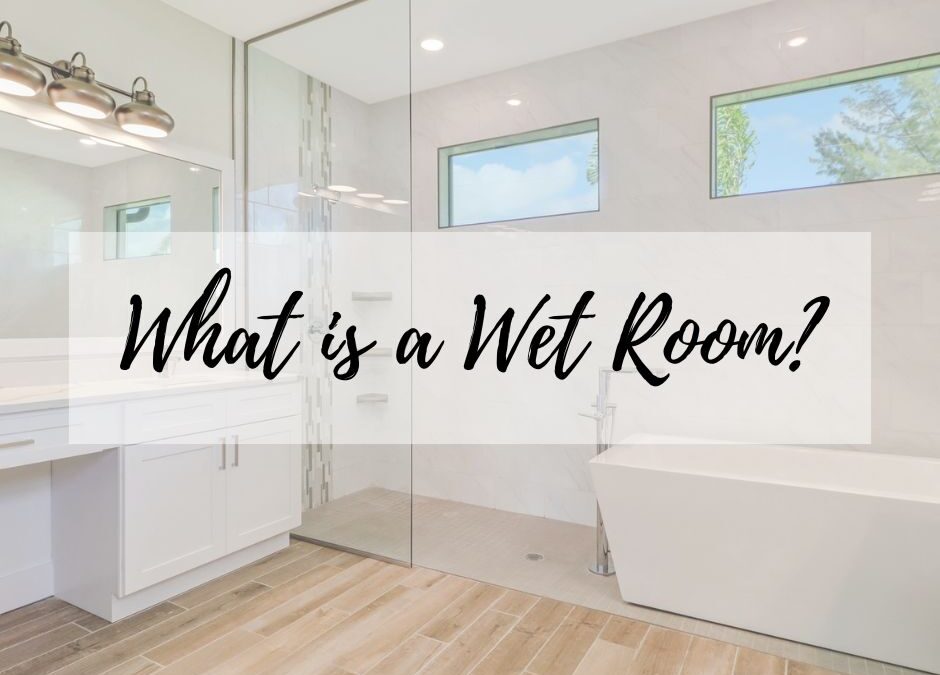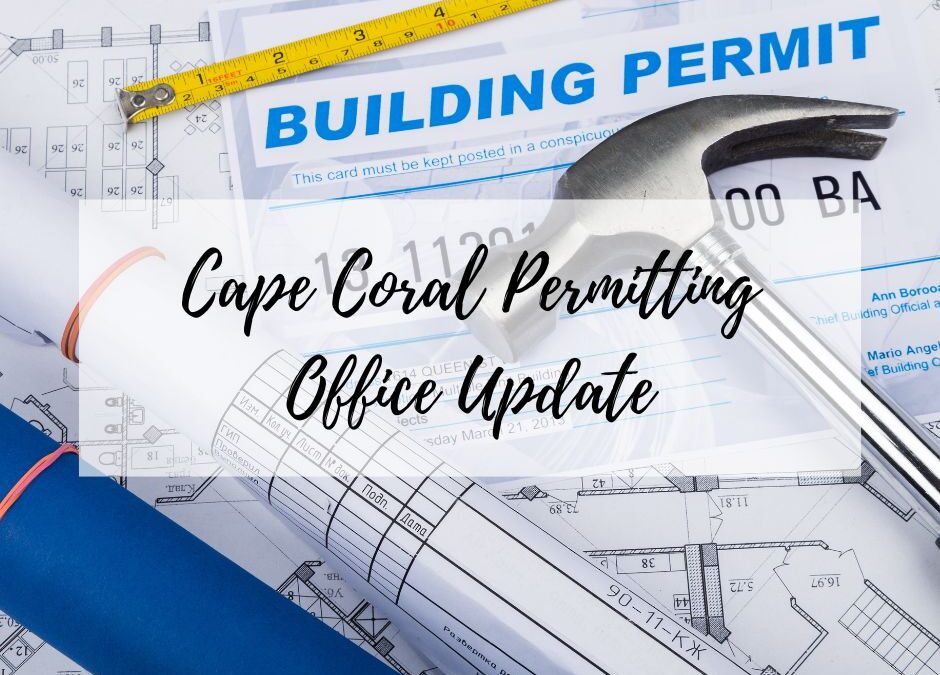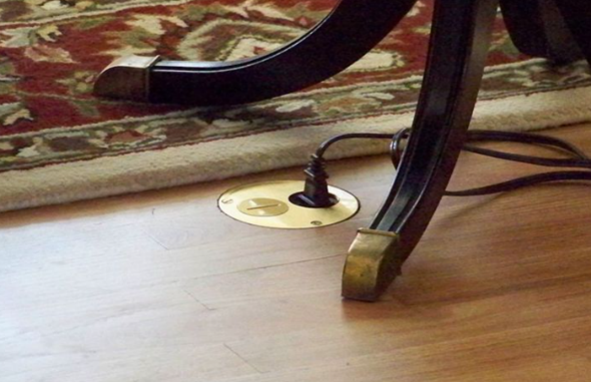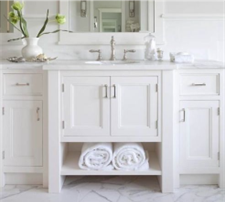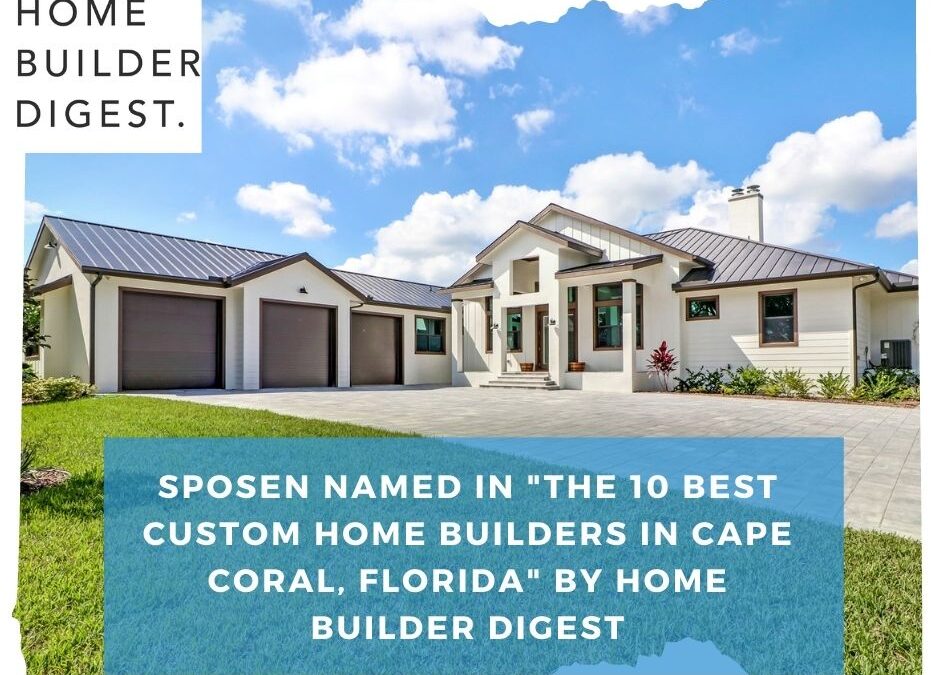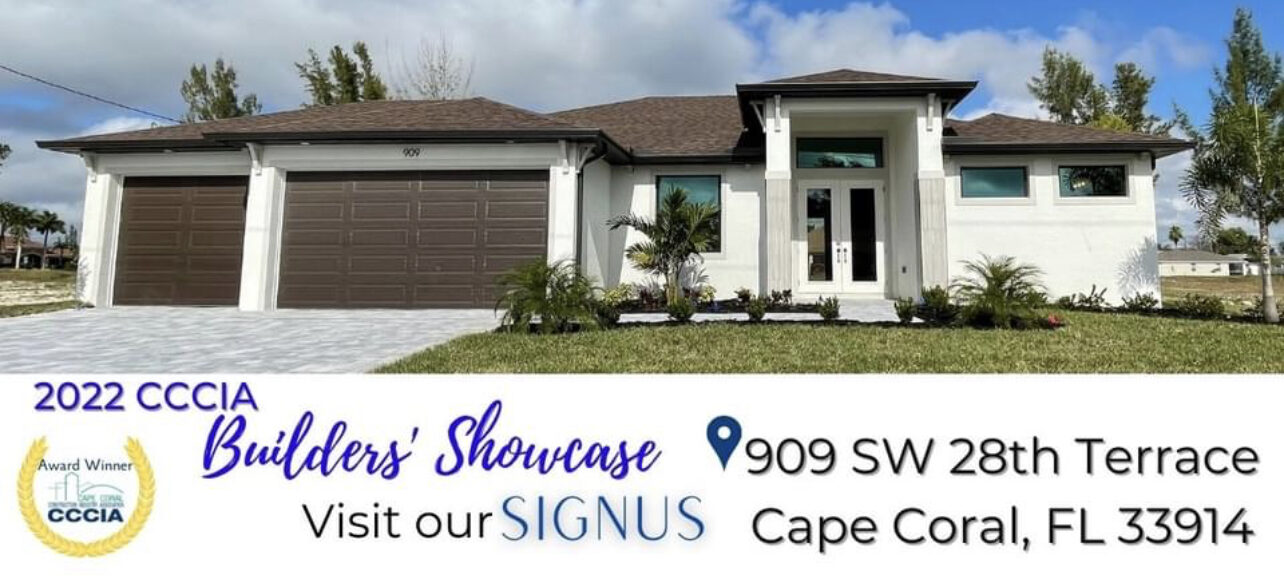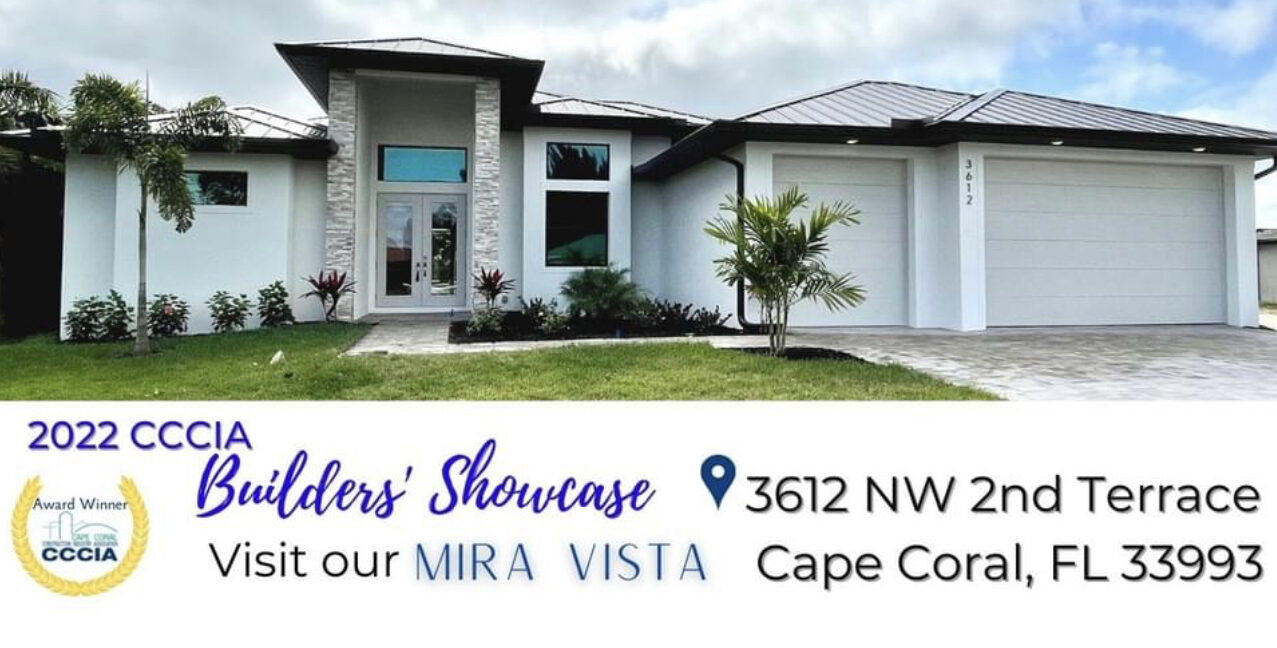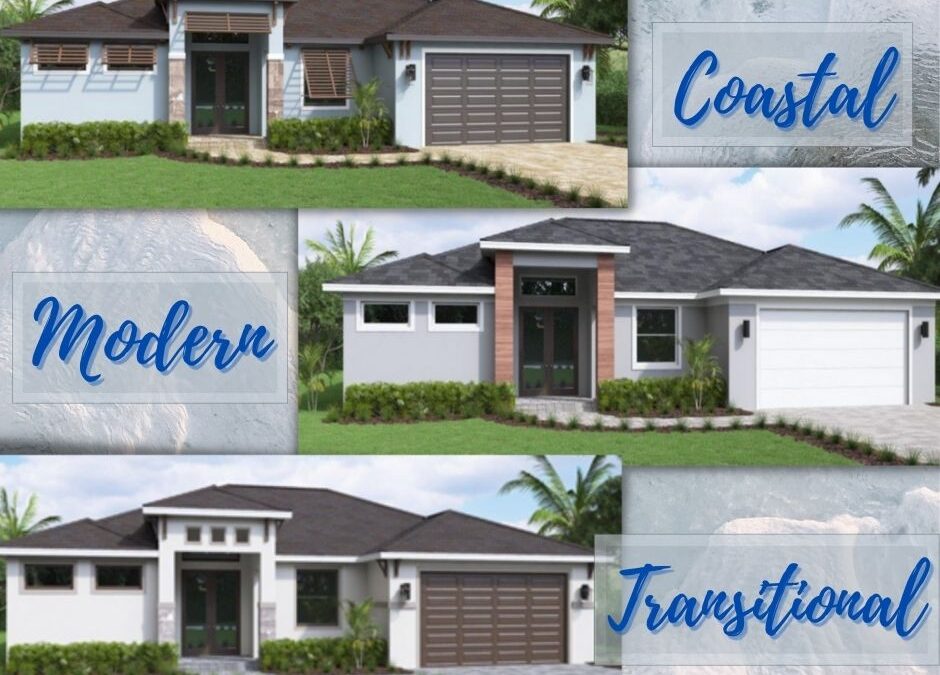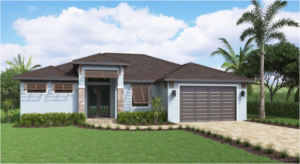This new modern bathroom design style is named for its basic concept, that all surfaces or a part of the bathroom is designed to be resilient to water. Hence the name “wet room.”
Benefits of a wet room bathroom design includes a layout that feels spacious, offers easy cleaning, and adds value to your home.
Looking for a spa-like feeling?
Wet room bathrooms typically have a grander shower area that is more open to the rest of the bathroom. They give your bathroom a spa-like luxury and relaxing feel.


They can make the bathroom feel more spacious with less barriers separating the wet areas in the space. The accessibility in a wet room is better since there is often no shower curb to step over. They are covered in tile or stone to allow for a waterproof area which can give you a more spa-like feeling. Floor to ceiling tiles give warmth and texture to the space to give a great luxury feel.
In some luxury bathrooms, a wet room uses a glass frameless wall to separate the wet areas from the rest of the bathroom, which can often include a free-standing tub and shower.
What goes into building a wet room?
When building a wet room there are some key factors that need to be considered. A gradient is one of the most important components, because it guides the water down the drain. A slope is created for the water to stay in the designated wet area, so it does not pool on the floor in other areas of the bathroom. If no gradient is used in the design, the finished floor is recessed during the homes slab pour to allow for the curb and is also graded to the drain.
Typically, when building a wet room, you want the proper drainage to be the furthest away from the bathroom door. Waterproofing the bathroom is another vital component and begins with water resilient barrier materials on the floor and walls.
Wet rooms add value to your home
Wet rooms add to the value of your property since they are better protected and reduce the chance of water damage. Having a highly desirable bathroom layout in your home will not only allow you to enjoy all its benefits now but will also attract more buyers if or when you decide to sell your home. Your bathroom will be more inviting, feel more spacious and will appeal to a wide variety of buyers.
What makes a wet room different from a regular bathroom?
In a wet room, the shower seamlessly flows into the rest of the bathroom, whereas in a regular bathroom the shower is separated by a curb or threshold. They also have tile going from the floor to the ceiling which creates a waterproof area unlike a regular bathroom. Another difference is that wet rooms have a sloped floor that goes toward the drain compared to a flat floor with a shower curb.
Learn about Sposen’s wet room options
We offer a wet room as a customized option in some of our Sposen Homes models. Contact us today if you are looking to build a new construction home with a wet room option!
We invite you view our Signus Signature model with wet room option here!

